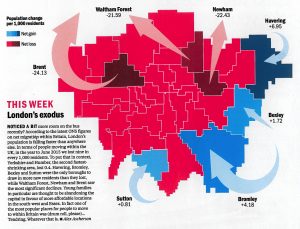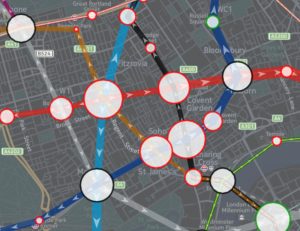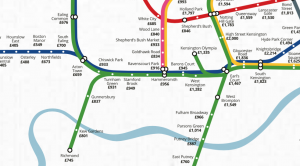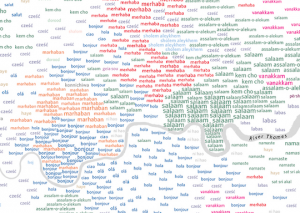
Review: London, The Information Capital
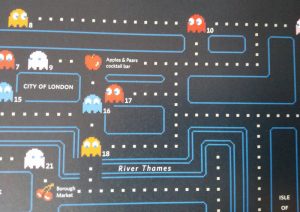
Mapping London’s co-founder and “Editor at Large” Dr James Cheshire co-produced “London: The Information Capital” with Oliver Uberti in 2014. We mentioned the book on its initial release. The book has this month has now been published in a softback edition by Penguin, with some minor corrections applied. If you missed out on the book […]
Continue reading »


